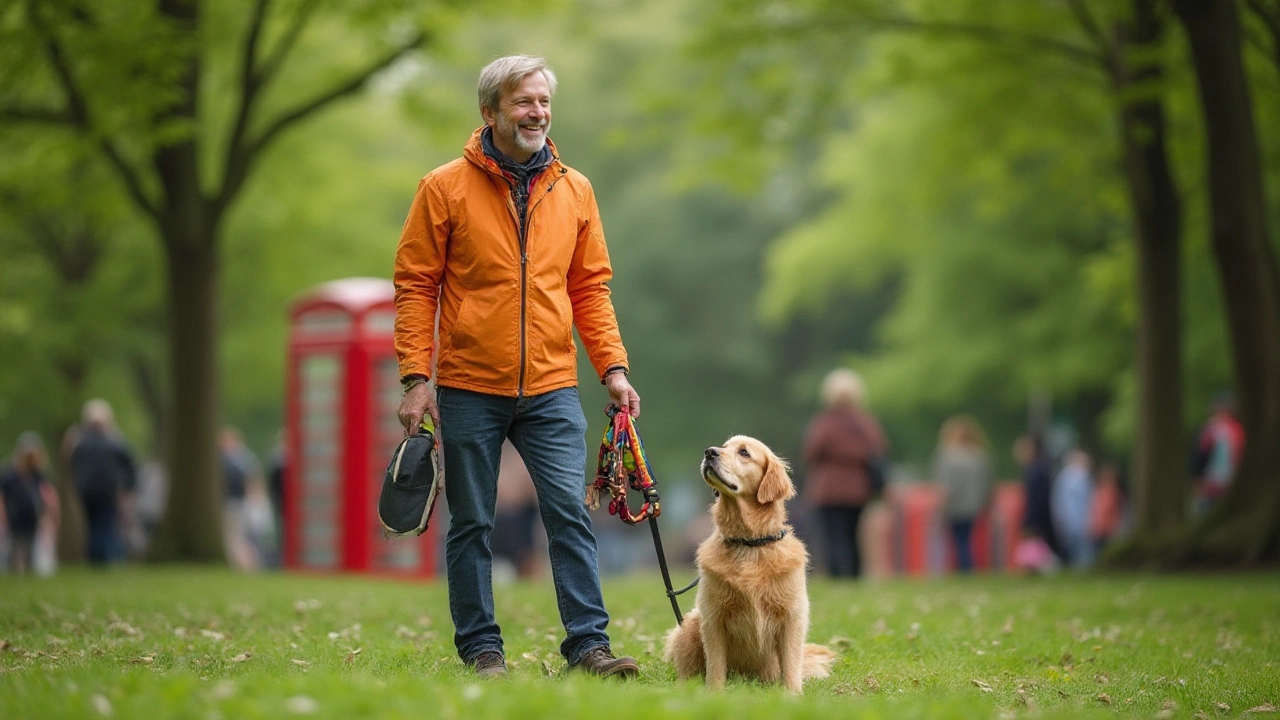Dog Harness: Choosing the Right One for Your Dog
Ever wondered if a harness is better than a collar for your dog? You’re not alone. A good harness can stop choking, give you more control, and keep your dog comfy on walks. In this guide we’ll break down the basics, show you how to fit a harness, and point out the types that work best for different dogs.
How to Fit a Harness Properly
The right fit makes the difference between a happy pup and a tug-of-war. First, lay the harness on the floor and slide your dog’s head through the neck loop. The chest strap should sit just behind the front legs, snug enough that you can slide two fingers underneath. If the harness slides up to the neck when your dog pulls, it’s too loose. If you see red marks after a short walk, it’s too tight. Adjust the straps, walk a few steps, then check again. A well‑fitted harness lets your dog move naturally while keeping the leash on your hand.
Harness Types and When to Use Them
There are three main styles you’ll see on the market. A step‑in harness is easy for quick on‑off: just step in, pull the straps up, and snap the buckles. It works well for dogs that hate having things put over their heads. A vest‑style harness spreads pressure across the chest and is great for larger or strong pullers because it reduces strain on the neck. Finally, a no‑pull front‑clip harness has the leash attachment at the chest, steering the dog back toward you when they lunge forward. This one is a solid pick for training puppies or dogs that love to dash.
Veterinarians often recommend a vest‑style or front‑clip harness for breeds with delicate throats, like Greyhounds or older dogs. If you have a short‑haired breed that gets cold, a padded vest can double as a light sweater. Remember, the harness you choose should match your dog’s size, shape, and activity level.
When you shop, look for sturdy buckles, breathable material, and reflective strips if you walk after dark. Many brands also offer a quick‑release safety buckle—handy if your dog gets tangled. Don’t be swayed by flashy colors; focus on fit, durability, and comfort.
Want more in‑depth advice? Check out our post “Collar vs Harness: What Do Vets Really Recommend for Dogs?” for a side‑by‑side comparison, and read “Should You Take Your Dog’s Collar Off at Home?” for tips on when a collar is still useful. Combining those insights with the fitting steps above will help you pick a harness that keeps your dog safe and makes your walks enjoyable.
Give your dog a quick try‑on before you head out. If the harness feels right and your dog walks without choking or pulling hard, you’ve hit the sweet spot. Keep an eye on the straps as your dog grows—re‑measure every few months and adjust as needed. A well‑chosen harness is a small investment that pays off in comfort, safety, and happier walks for both of you.
- Morgan Ainsworth
- 0 Comments
Should My Dog Wear a Collar and Harness Together? Safe Walking Tips Explained
Confused about whether your dog should wear both a collar and a harness? Get clear, practical pros, cons, and tips for safer dog walks right here.
View More
